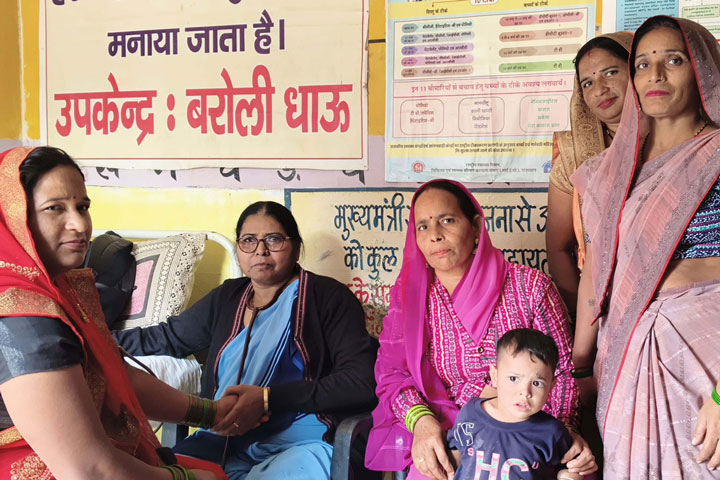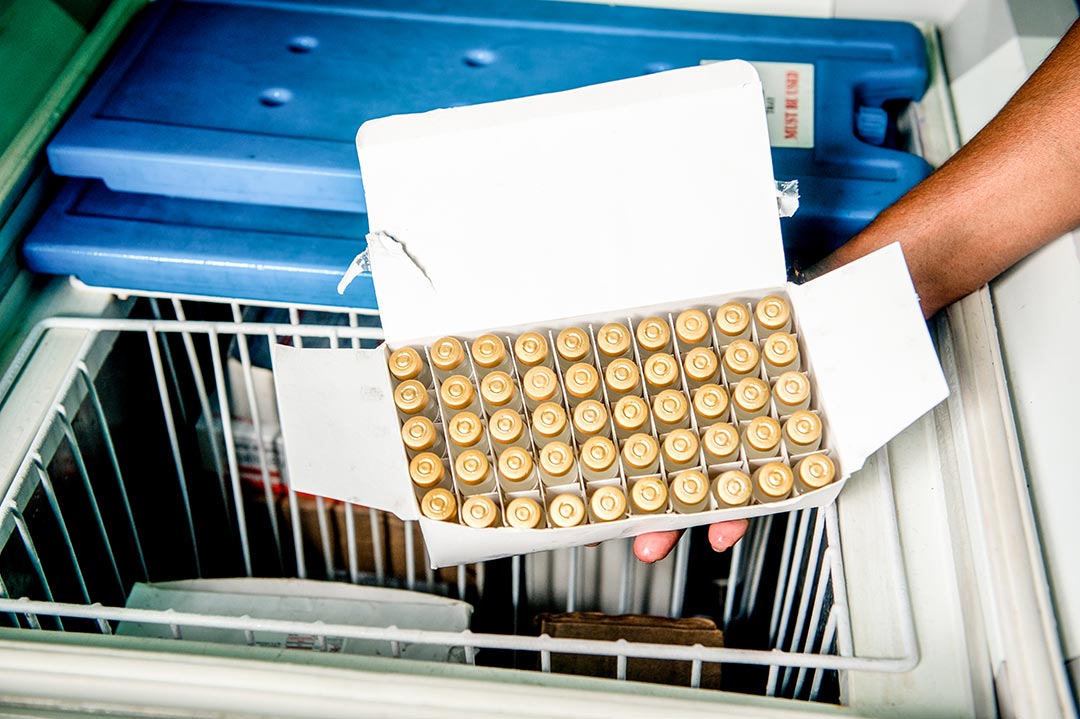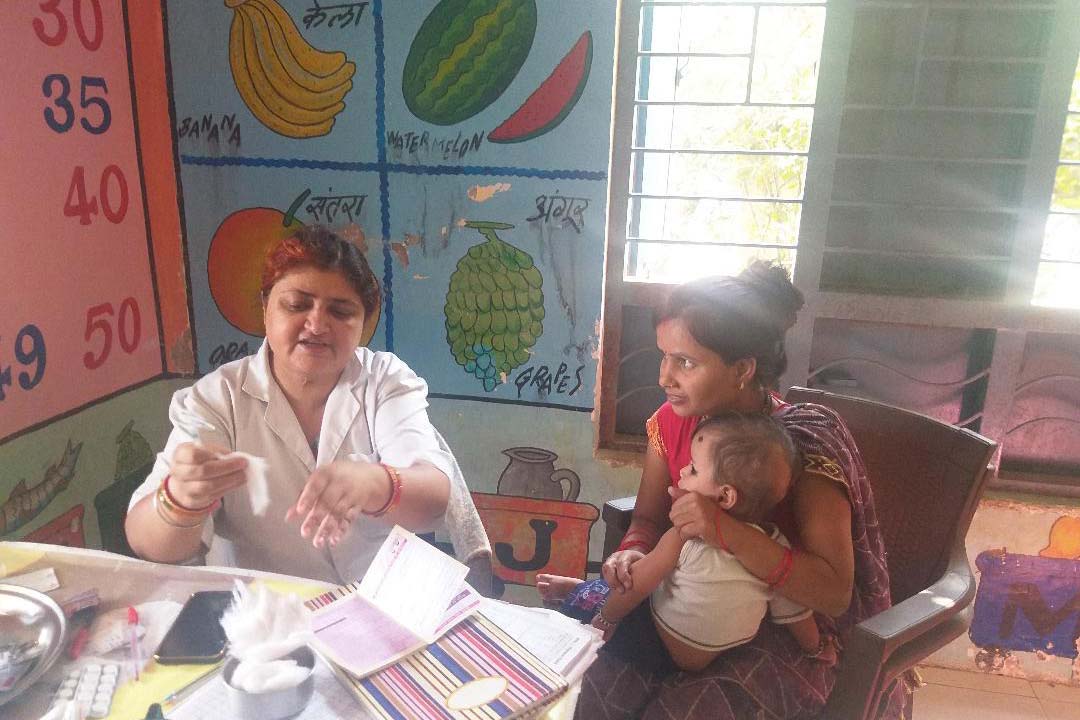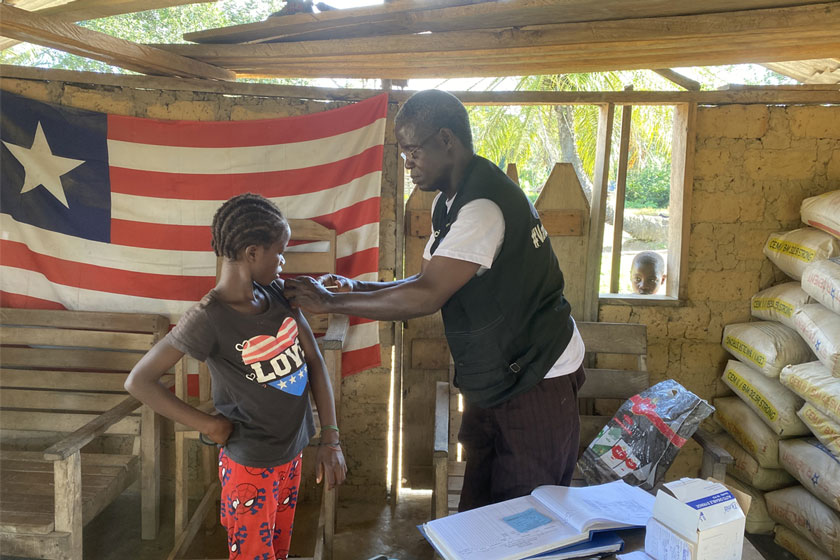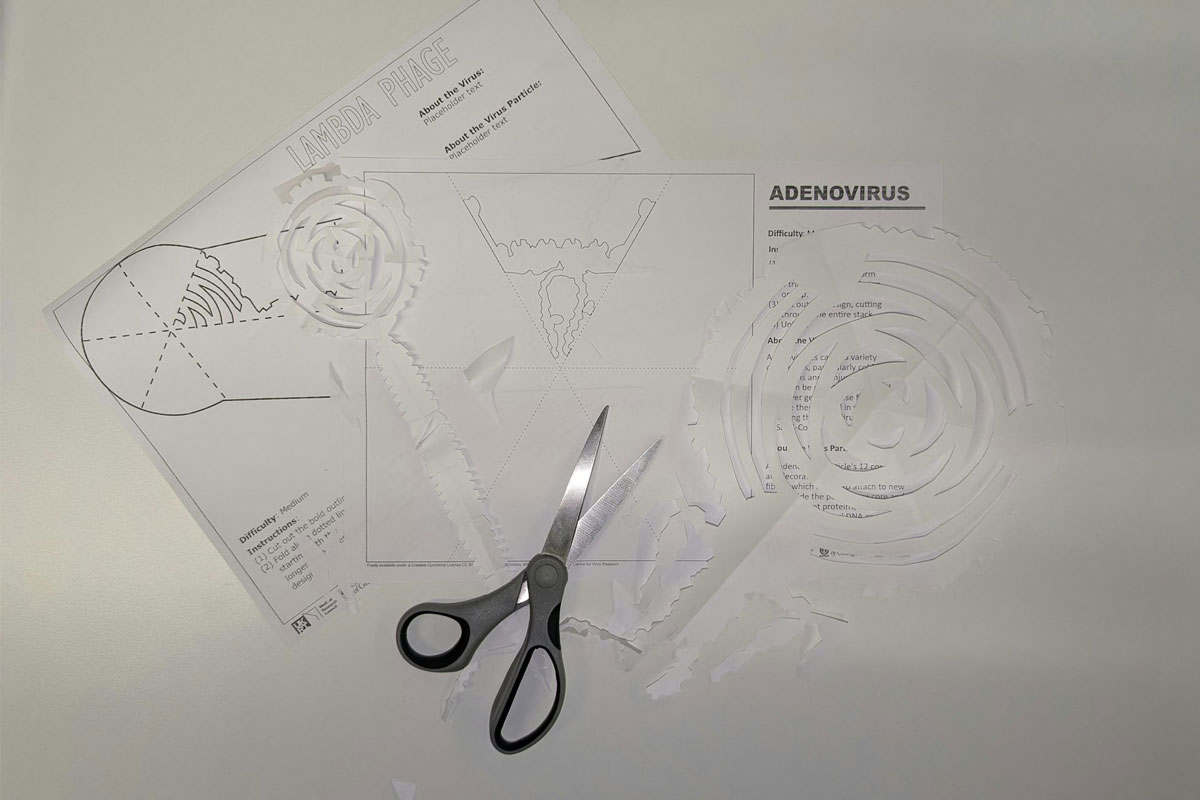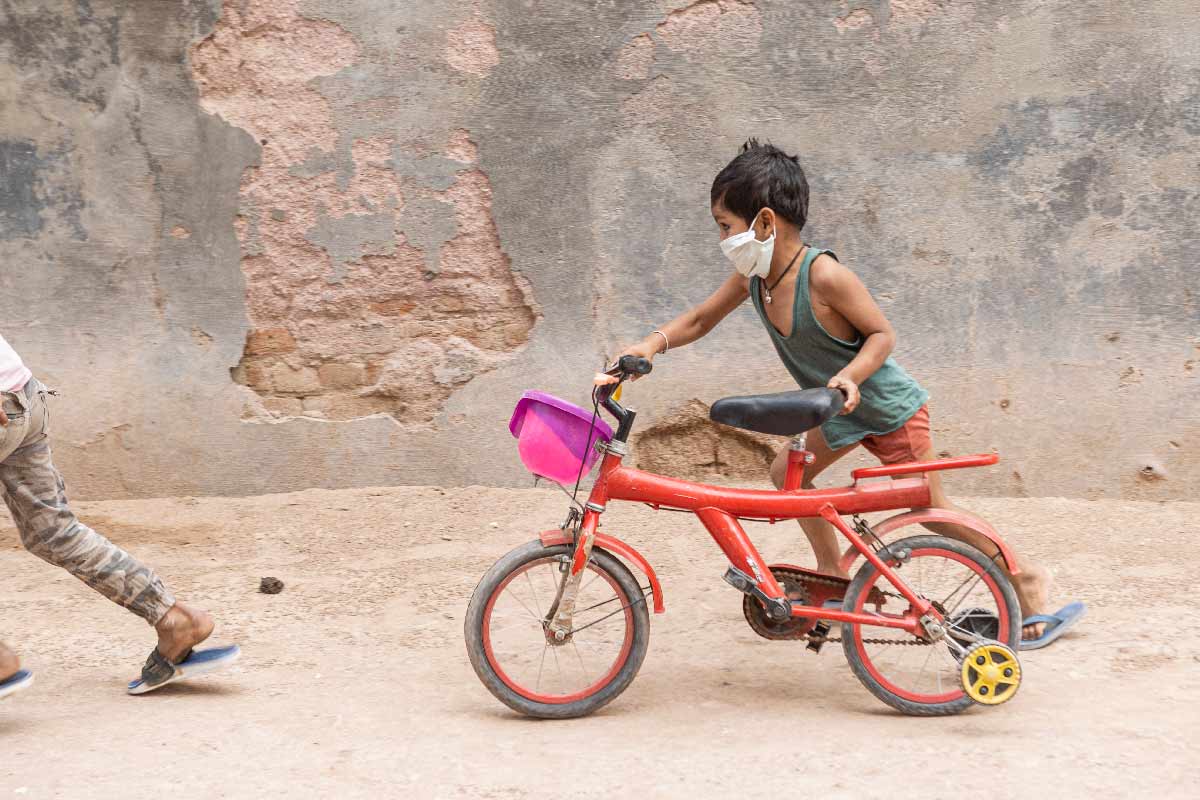Madhya Pradesh has too many unimmunised children. Here’s what’s being done to change that
India is aiming for a 30% reduction in the number of unvaccinated children living inside its borders by 2026. Large states like Madhya Pradesh will play a crucial role in the success, or failure, of that effort.
- 9 September 2025
- 5 min read
- by Shuriah Niazi
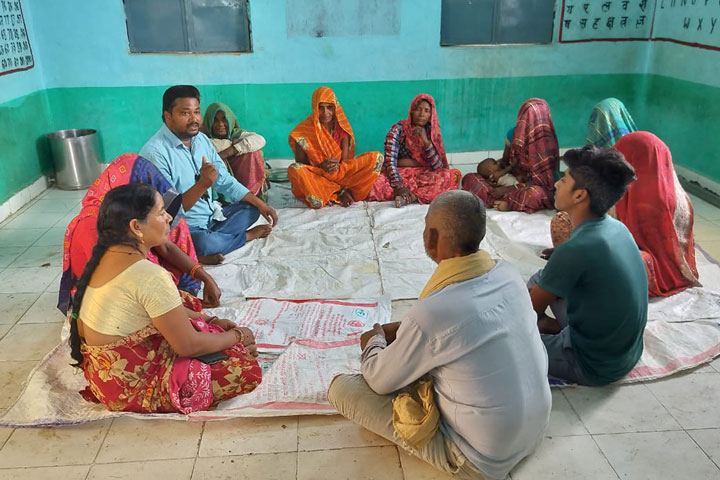
He may earn his living in the crop fields but farmer and father-of-two Devendra Kumar Sahu’s real vocation is his community’s health.
Sahu, from Kharpari village in the central Indian state of Madhya Pradesh, is a volunteer health influencer with a statewide nonprofit network in his own community and in about a dozen surrounding villages. “Whenever people are reluctant to vaccinate their children, my involvement becomes crucial,” he explains.
Lately he’s been in especially high demand.
Concerted effort
Madhya Pradesh reports a 6% prevalence of “zero-dose children” – children who have never received even a single vaccine dose – one of the highest rates1 in India. But, with support from Gavi and UNICEF, the state is redoubling its efforts to find them and get them protected.
Gavi’s partnership with the Government of India has made a priority of reducing rates of unimmunised children in the 2022–2026 period, with sights set on a 30% reduction in nationwide numbers of zero-dose children against a 2019 baseline. The strategy to get there – called the Zero-Dose Implementation Plan – focuses on 143 districts in 11 Indian states. Madhya Pradesh is home to 15 of those.
India has ambitious targets on unvaccinated children. How is the country doing?
India’s headcount of zero-dose children nearly halved in the year to 2024, dropping from 1.6 million in 2023 to just over 0.9 million.
The Zero-Dose Implementation Plan, or ZIP (a separate initiative to Gavi's own ZIP - the Zero-Dose Immunisation Programme), is designed to accelerate progress in the most vulnerable districts of the country. Among these, progress over the past year has been encouraging, but mixed.
Bihar, home to 25 ZIP districts, recorded a major decline in zero-dose numbers: with 445,000 unvaccinated children in 2023–2024, in the 2024–2025 tally, that figure had dropped to 273,000. Uttar Pradesh, India’s most populous state, has 60 ZIP districts, and achieved a decline in the overall number of zero-dose children. But 13 out of the 60 ZIP districts registered a growth in their unvaccinated cohort. Rajasthan, which has 16 districts earmarked for ZIP support, registered a modest overall increase in its zero-dose tally.
In Madhya Pradesh – home to 15 ZIP districts – the zero-dose tally dropped from 215,000 to 182,000 between 2023–24 and 2024–25.
In the same time period, several of the states included in the ZIP programme recorded an uptick in cases of the often deadly vaccine-preventable disease diphtheria, underscoring the urgency of the catch-up efforts.
“Zero-dose cases in Madhya Pradesh arise from several challenges, including incomplete birth registration for home deliveries, limited access to remote areas, persistent misconceptions about vaccines due to insufficient awareness campaigns and conflicting reporting from sub-health centres,” said former State Immunisation Officer Dr Santosh Shukla.

The type of isolation from public services that can allow clusters of unimmunised children to grow varies, in other words. Saurav Singh, a district coordinator for Satna district with the Lords Education and Health Society (LEHS), a civil society organisation working together with the state government, Gavi and UNICEF, explained: “In forest zones like Majhgawan, tiger movement can disrupt immunisation efforts.” In urban slums, conversely, it’s high degrees of mobility, informality and the easy flow of misinformation that can disrupt contact between families and health workers, and other social provisions.
Have you read?
“For our partnership with Gavi in Madhya Pradesh, we need to plan based on the unique situations of each community,” said Jhimly Barah, Social and Behavioural Change Specialist at UNICEF Madhya Pradesh. “One of our key innovations has involved community mapping and transect walks to better understand the local context, identify zero-dose children, and develop interventions that genuinely meet their needs.”
Dispelling myths
Dr Saurabh Purohit, Deputy Director of Routine Immunisation for Madhya Pradesh, emphasised, “our priority is to ensure that no child in Madhya Pradesh misses out on their first life-saving vaccine. Through the Zero-Dose Implementation Plan, we are intensively working in priority districts using strategies such as detailed micro-planning, close collaboration with civil society organisations, and targeted outreach to remote and high-migration areas.”
“This partnership with Gavi enables us to enhance both the supply side – by improving session planning, cold chain management and logistics – and the demand side, by addressing community concerns and building trust in vaccines. The aim is not only to reduce the number of zero-dose children, but also to establish a sustainable, community-rooted system that prevents future gaps in immunisation,” he added.
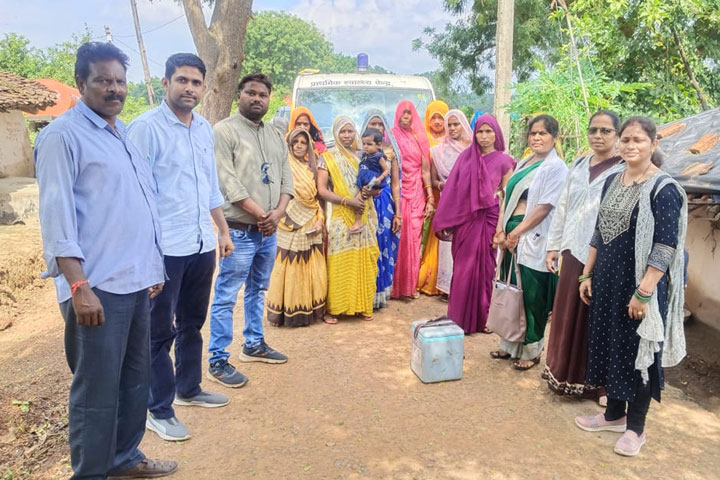
Community participation will be the keystone of success, Purohit explained. Not only vaccine vials but also vaccine information must reach left-behind communities. That means grassroots health workers like Devendra Kumar Sahu or the village-level operatives of LEHS are at the spearhead.
Community participation will be the keystone of success. Not only vaccine vials but also vaccine information must reach left-behind communities. That means grassroots health workers like Devendra Kumar Sahu or the village-level operatives of LEHS are at the spearhead.
“We start our work by walking through the villages and talking to people, to learn about their communities,” says Singh. “We look for children who have not been vaccinated, and try to understand why some families are unsure about vaccines.” The means of change is communication: in-home chats, community meetings, interactive activities and playful learning.
Trust – and familiarity – are vital. Sahu’s superpower is his ordinariness. “I can communicate with the villagers as a member of their community, making it easier for them to understand the importance of vaccination,” he says.
1 Together, Madhya Pradesh, Bihar, Maharashtra, Rajasthan and Uttar Pradesh account for two-thirds of India’s unvaccinated children.
